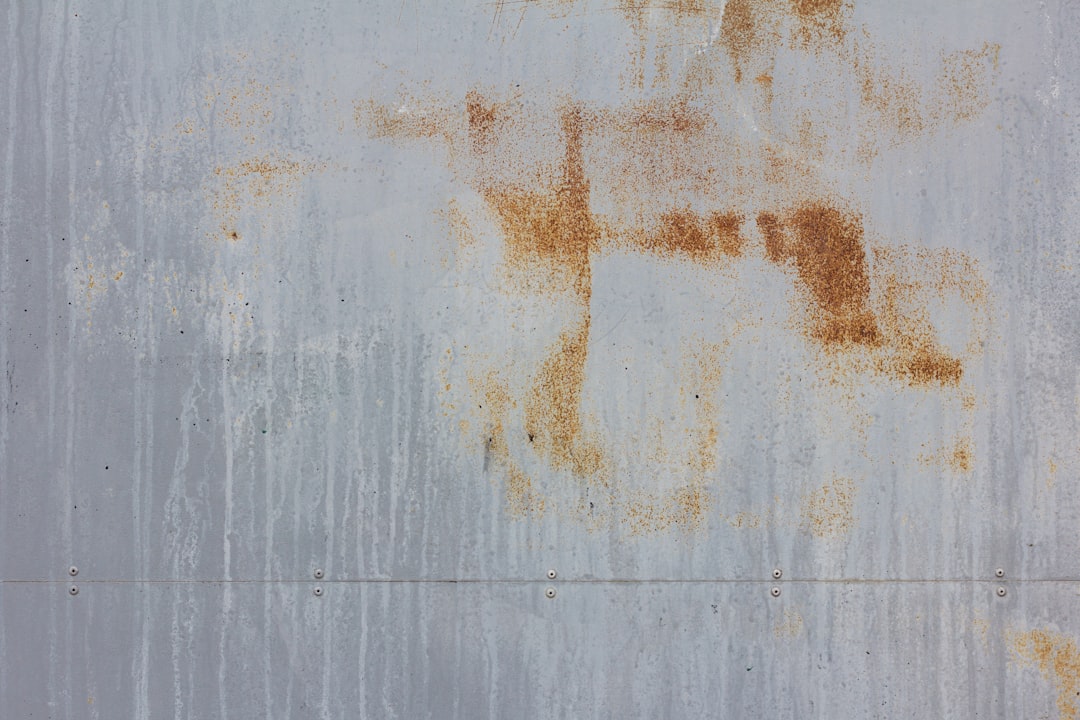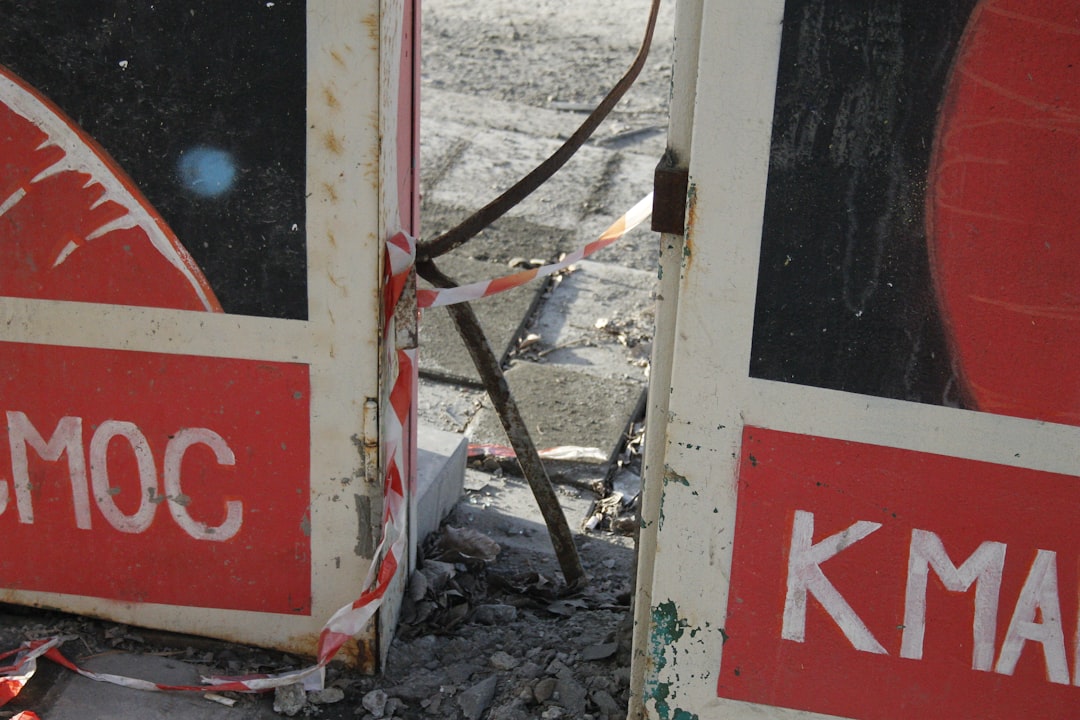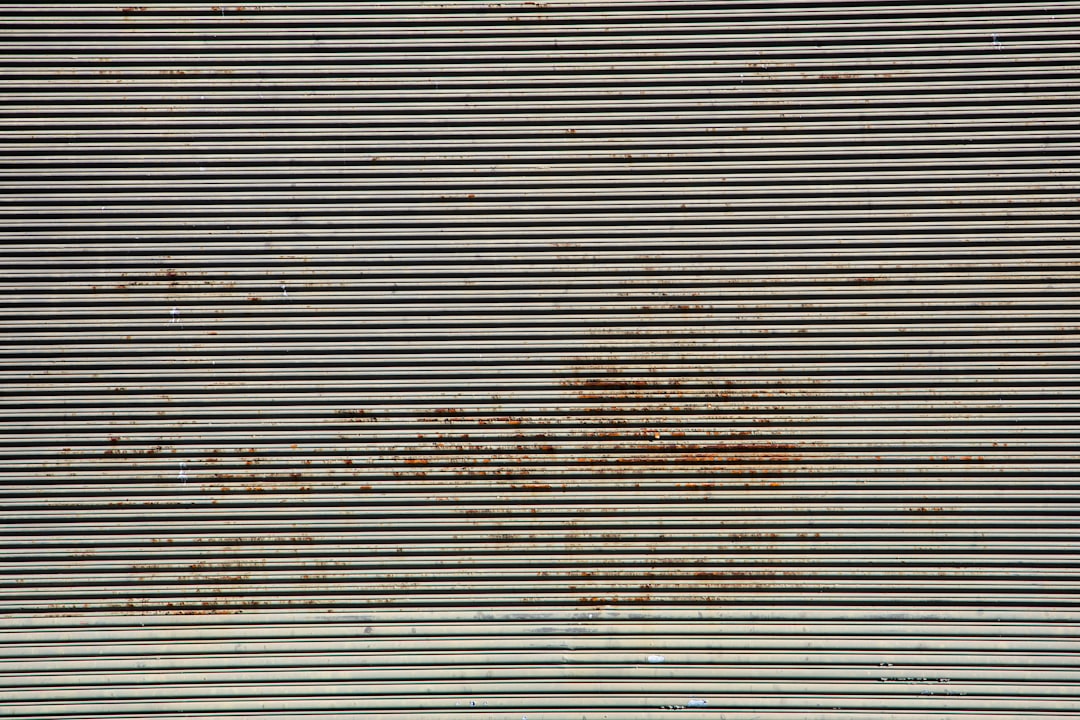

Engage prospects with a scan and streamline customer engagement with FREE QR code marketing tools by Sona – no strings attached!
Create a Free QR CodeFree consultation

No commitment

Engage prospects with a scan and streamline customer engagement with FREE QR code marketing tools by Sona – no strings attached!
Create a Free QR CodeFree consultation

No commitment
In today’s digitally driven world, QR codes have evolved from a novelty to a strategic powerhouse in bridging offline engagement with online action. For staining contractors, QR codes represent a frictionless and highly effective way to boost customer access to information, streamline operations, and track service inquiries. These are challenges that often cause lost opportunities and missed follow-ups when teams rely solely on manual processes or traditional printed collateral.
The traditional approaches, such as relying only on printed flyers, business cards, or word-of-mouth, frequently result in missed high-value prospects because not all interested parties will take the extra step to call, email, or type a URL. QR codes deployed across job sites, vehicles, invoices, bids, and safety notices allow contractors to capture interest at the moment it happens. They deliver instant access to quotes, project galleries, service request forms, and educational resources, while reducing barriers for both staff and customers.
By leveraging QR codes tailored for staining contractors, businesses can connect with customers faster and gather actionable data. They can increase lead generation quality, improve project management efficiency, and finally close the loop from initial interest to completed service. This level of visibility and responsiveness addresses many of the industry’s toughest pain points, such as lack of insights into anonymous leads, late capture of project inquiries, and the ongoing challenge of attributing revenue to specific marketing efforts through revenue attribution.

Staining contractors commonly struggle with missed opportunities and fragmented communications as interested prospects browse job sites or printed materials without ever submitting a form or reaching out. QR codes bridge this critical gap, turning every offline interaction into a digital touchpoint and a trackable opportunity. See the Sona QR product overview for how this works. When every sign, invoice, and handout creates an immediate path to action, you reduce friction for customers and reduce lead leakage across your entire operation.
To make the most of QR codes, align deployments with your customer journey, design for the physical context of scanning, and set clear metrics that define success. The goal is simple: transform passive moments of curiosity into measurable engagement that leads to quotes, scheduled site visits, and booked staining work, while preserving the context needed for accurate attribution and streamlined follow-up. For a broader playbook, see this marketing guide.
When a single scan on a fence post or project sign instantly routes a motivated prospect into your pipeline, administrative delays and lost revenue become far less frequent. Tools like Sona QR make these time-saving, insight-driven workflows practical for contractors of all sizes, with CRM syncing, audience segmentation, and predictive lead scoring built in for smarter growth. Start creating QR codes for free.
For staining contractors, many potential leads remain unknown and unpursued because site visitors or passersby rarely take multiple steps to express interest. As buyer journeys become more complex and competition increases, QR codes counter these challenges by reducing friction at the exact moment of intent and preserving that engagement data for later follow-up.
From appointment cards and yard signs to door hangers and direct mail, most physical media lack a measurable bridge to online action. QR codes provide that bridge. They make every physical asset actionable and trackable, ensuring you can measure what drives results and adapt quickly without reprinting.
By lowering the barrier to engagement and tracking every interaction, QR codes help staining contractors capture leads before competitors do. They also enable smarter marketing spend based on data, not assumptions, while reinforcing a modern, customer-friendly brand.

Staining contractors face daily frustrations with manual data capture, convoluted follow-up, and an inability to connect offline actions to digital outcomes. Modern QR code formats address these pain points by making it easy to connect each physical touchpoint to a specific digital destination.
Selecting the right format depends on the scenario. In high-intent moments, such as a homeowner reviewing a bid, a QR to a booking form is ideal. For networking at a home show, a vCard is more appropriate. For crew connectivity on commercial jobs, Wi-Fi QR codes remove access hurdles and keep documentation flowing.
Dynamic QR codes allow destinations to change over time. This is powerful for recurring campaigns, seasonal promotions, or urgent service notices because you can keep using the same printed assets while changing the destination to match your current business priorities.

In staining contracting, growth opportunities are often hidden in everyday physical touchpoints that fail to capture or convert buyer intent. The goal is to place QR codes wherever interest naturally occurs: on-site, near finished work, or wherever your brand appears in the community.
By mapping typical customer paths, you can identify high-impact placements and tailor QR code messaging to match the moment. For example, a passerby at a job site needs proof of quality and an easy way to request a quote, while a property manager reviewing an invoice may need quick access to recurring maintenance options.
The real challenge is not just generating brand visibility, but systematically capturing and pursuing those who show intent. QR-enriched touchpoints enable that capture consistently and at scale, so more of your everyday exposure turns into qualified pipeline.

The most effective QR implementations focus on clear customer actions that lead to revenue or retention. Staining contractors can activate QR codes across the job life cycle: from initial awareness at a job site to post-project care and re-engagement.
Focus on the use cases that solve your biggest bottlenecks. If you lose leads after “drive-by” interest, invest in yard signs and vehicle codes that go to estimate forms. If you struggle to collect testimonials, place codes on completion packets and automate the review flow—start with Google reviews.
By embedding QR flows tailored to each use case, contractors ensure no moment of intent slips by unnoticed. This enables proactive, timely outreach that traditional methods rarely support, while building a stronger first-party data foundation for long-term growth.
A common frustration in contracting is the inability to identify which interactions come from real, in-market buyers rather than casual browsers. Each QR code scan reveals valuable intent data and context that you can use to build segmented audiences and tailor follow-up accordingly.
Use unique QR codes for distinct journey stages and actions, then feed the resulting engagement data into your CRM and ad platforms. Over time, you will develop richer audience segments such as deck owners needing re-stain in 24 months, property managers with multi-building portfolios, or past customers who engage with maintenance guides.
With Sona QR, each code becomes a smart entry point into your funnel. Sona consolidates scan data and enriches contacts, so your retargeting reflects real behavior instead of assumptions, and your outreach resonates with what each prospect needs next.
Staining contractors often struggle to tie offline outreach like signage and mailers to digital behaviors and outcomes. QR codes act as the connective tissue, creating a continuous flow of data and engagement across channels that used to be siloed.
By embedding QR codes across print, digital, and in-person touchpoints, you can build a cohesive journey. This supports consistent messaging, timely follow-up, and clear attribution, while helping your team understand which channels are pulling their weight.
QR codes serve as the offline on-ramp to your digital marketing engine. With a centralized platform like Sona QR, you can manage codes at scale, monitor performance, and sync scan data with your CRM and ad platforms to ensure every channel contributes to a unified growth strategy.
Clarify what you want your QR campaign to achieve, then choose a single, measurable action to optimize. For staining contractors, common outcomes include increasing quote requests from yard signs, capturing walk-up interest at active jobs, or accelerating follow-up from proposal packets.
Ground your plan in a real bottleneck. If most leads originate from drive-bys but rarely convert, align your QR destination with a fast path to estimates and photo uploads. If maintenance renewal is your priority, point QR codes to a recurring service sign-up page with clear pricing and scheduling.
Choose the QR type that fits your use case. Static codes are straightforward for evergreen assets, but dynamic codes unlock tracking, A/B testing, and editable destinations without reprinting. Most growth-focused contractors will benefit from dynamic codes for anything prospect facing.
Map code types to your destinations. Form submissions, booking pages, and rotating promotions all benefit from dynamic QR so you can adjust copy and offers as you learn. Crew Wi-Fi access and vCards can be static if you do not need analytics or post-print edits.
Design QR codes that look like part of your brand and communicate clear value. Use contrasting colors, adequate size, and a descriptive frame or caption. The call to action should promise a specific benefit and explain what happens after scanning.
Validate scannability across surfaces and distances. Test codes on corrugated plastic yard signs, glossy brochures, vinyl truck wraps, and invoices. Confirm reliable scanning from at least 6 feet for signage and account for low-light conditions at dusk.
Place codes where intent is highest and context supports immediate action. Prioritize job site signage that neighbors can see, trucks and trailers that circulate through target neighborhoods, and proposal packets that buyers review at decision time.
Layer in supporting channels like direct mail and local events. Each placement should use a unique dynamic code so you can attribute engagement and route follow-up appropriately. Match the destination to the context. A yard sign should go to a fast quote page; an invoice should go to maintenance plans or referral incentives.
Do not stop at scan counts. Feed scan data into your CRM, tag audiences by source and intent, and measure downstream outcomes such as consults scheduled and projects closed. Automate alerts to your sales team when a high-fit lead scans a conversion-oriented code.
Use the insights to iterate. If truck wraps produce many scans but few conversions, adjust the destination page or CTA. If door hangers in certain neighborhoods convert at double the rate, double down on those routes and tailor messaging to local concerns like sun exposure or HOA standards.
Each step ensures that every opportunity, no matter how subtle or fleeting, leads directly into an automated, trackable revenue funnel. The result is a repeatable process that compounds over time as your data and creative improve.

One of the greatest frustrations for staining contractors is the inability to trace exactly which outreach or campaign leads to revenue. Without this visibility, teams struggle to allocate budgets and refine processes. Modern QR solutions solve the gap by capturing every scan with robust detail and connecting those interactions to downstream outcomes.
Analytics should move beyond vanity metrics. You need to see how scans progress through the funnel: form fill, call, site visit, proposal, and closed job. When QR data lives in your CRM, you can apply lead scoring, identify high-value patterns, and ensure sales teams prioritize the right opportunities at the right time.
Sona QR captures the real-world engagement signals that contractors need, while Sona.com links those signals to pipeline and revenue through identity resolution and multi-touch attribution. Together, they let you prove impact in complex, multi-touch sales cycles and continually refine your strategy based on what closes business.
As you scale QR across your footprint, a few best practices will multiply results and help your team avoid common pitfalls. Focus on clarity, measurement, and automation so your campaign keeps delivering value without constant manual effort.
Teach your crews to promote scanning during natural customer interactions. A quick mention such as “You can see more projects or request maintenance by scanning this code” removes hesitation and boosts adoption, especially for customers who prefer self-serve options.
Contractors who proactively integrate these approaches tend to see higher conversion rates, better attribution, and more efficient resource allocation. QR codes become a sustainable growth lever rather than a one-time experiment.
For staining contractors, QR codes represent a practical antidote to common industry pain points, transforming each print asset, job site visit, and completed project into a measurable step toward future business. Deployed thoughtfully, they streamline data capture, speed up response times, and reduce friction throughout the customer journey.
By embedding QR-powered flows into daily operations, contractors gain the ability to:
Thanks to intuitive, analytics-driven platforms like Sona QR and Sona.com, staining contractors can unlock new levels of marketing efficiency and operational control. You can replace guesswork with clarity, connect offline moments to online outcomes, and make every scan a catalyst for measurable growth.
Staining contractors who embrace a connected QR code strategy gain an edge in both marketing and on-site operations. By tying offline touchpoints to digital journeys, every scan delivers access, engagement, and insight. As pressure mounts to prove ROI, streamline processes, and prevent lost opportunities, the teams implementing these workflows will capture more demand and deliver a modern, compelling customer experience. Start creating QR codes for free.
QR codes have transformed the staining contractors industry from traditional marketing methods into dynamic, measurable growth channels. Whether it’s attracting new clients, streamlining project communication, or enhancing customer satisfaction, QR codes replace cumbersome processes with instant, mobile-friendly interactions that capture real-time engagement data—turning every job site, brochure, or invoice into a powerful conversion tool. Imagine instantly sharing detailed project portfolios or care instructions with clients, while tracking which materials drive the most inquiries and bookings.
With Sona QR, you can create dynamic, trackable QR codes in seconds, update campaigns on the fly without costly reprints, and directly link every scan to revenue growth. No more guessing which marketing tactics work—just smarter, more efficient ways to win and retain customers. Start for free with Sona QR today and transform every scan into a lasting client relationship and a closed deal.
Choose a staining contractor who uses modern tools like QR codes to capture leads efficiently, provides measurable marketing results, and integrates digital workflows for faster follow-up and better customer engagement.
QR codes provide instant access to quotes, project galleries, and service requests, reduce lead loss by capturing interest on-site, enable real-time content updates, and allow tracking of engagement to improve marketing effectiveness.
QR codes streamline data capture by enabling quick access to forms, project information, and Wi-Fi connections, reduce manual entry errors, facilitate real-time communication, and support faster approvals and documentation.
Staining contractors can use QR codes for instant quote requests, sharing project portfolios, warranty registration, crew Wi-Fi access, contact sharing via vCards, customer feedback, and marketing campaigns on yard signs, vehicles, and print collateral.
Define clear campaign goals, select the appropriate QR code type (static or dynamic), design codes with clear calls to action, deploy them across high-impact customer touchpoints like job sites and vehicles, integrate scan data with your CRM, and continuously monitor and optimize performance.
Use Sona QR's trackable codes to improve customer acquisition and engagement today.
Create Your FREE Trackable QR Code in SecondsJoin results-focused teams combining Sona Platform automation with advanced Google Ads strategies to scale lead generation

Connect your existing CRM

Free Account Enrichment

No setup fees
No commitment required

Free consultation

Get a custom Google Ads roadmap for your business






Launch campaigns that generate qualified leads in 30 days or less.
